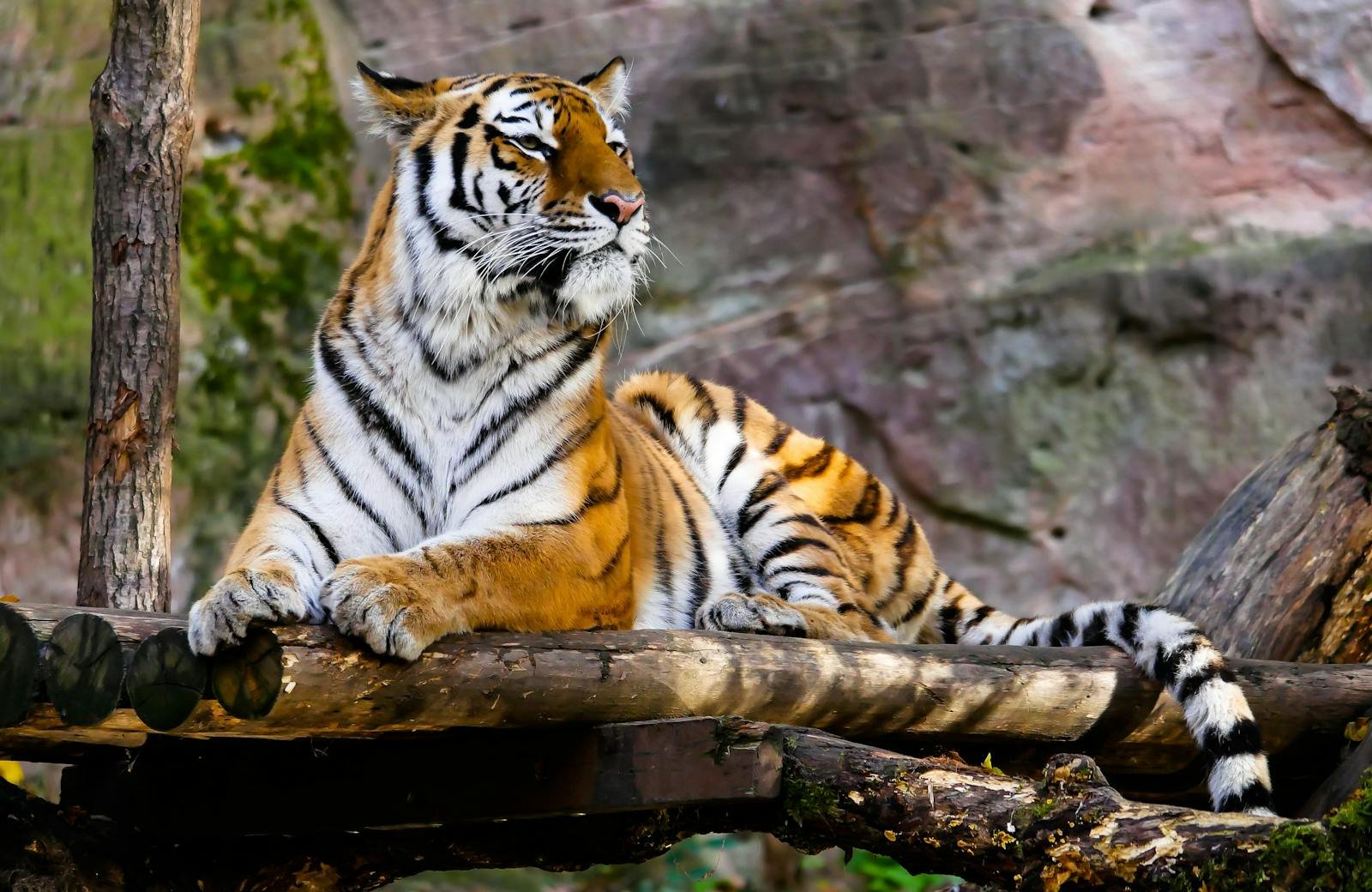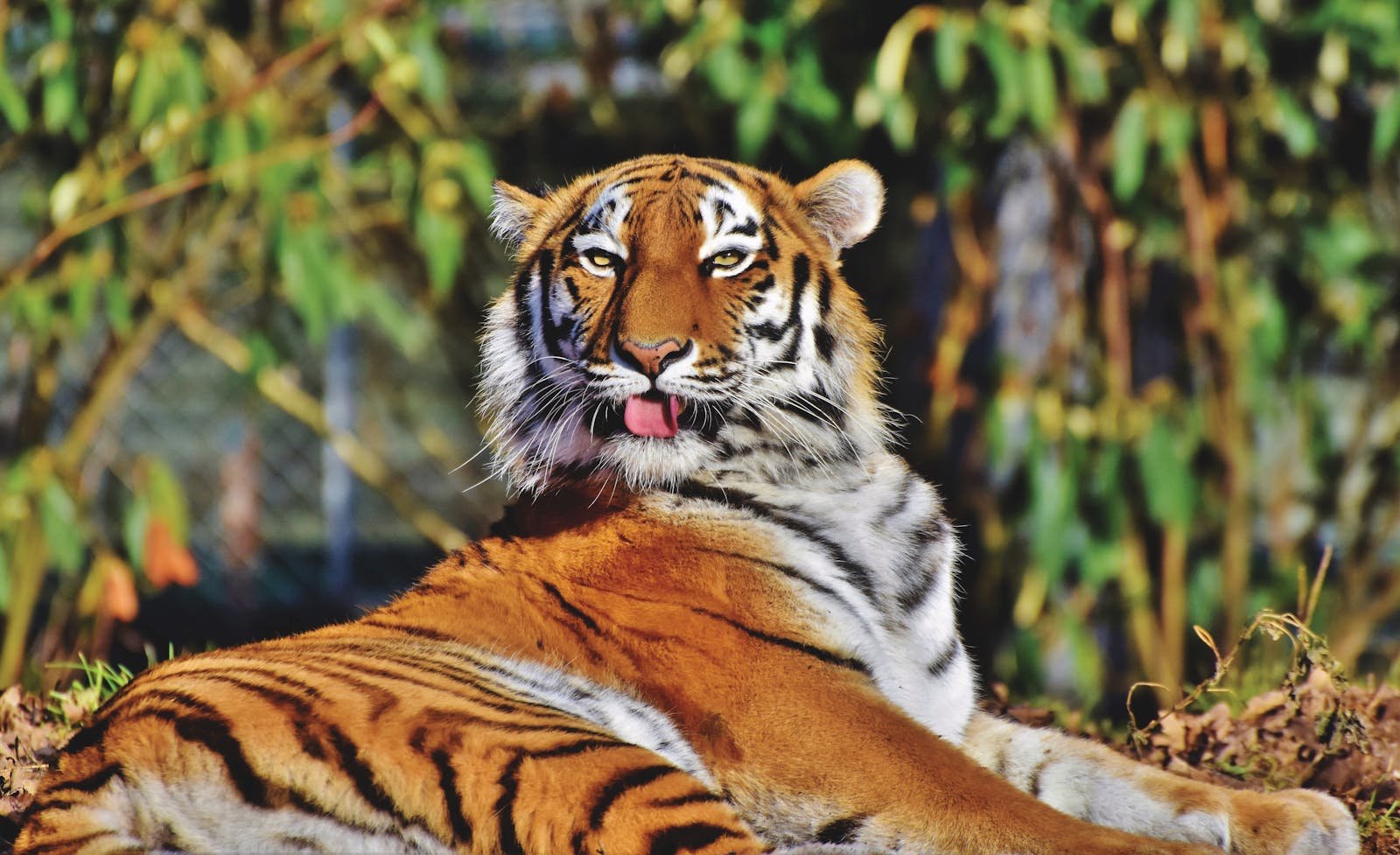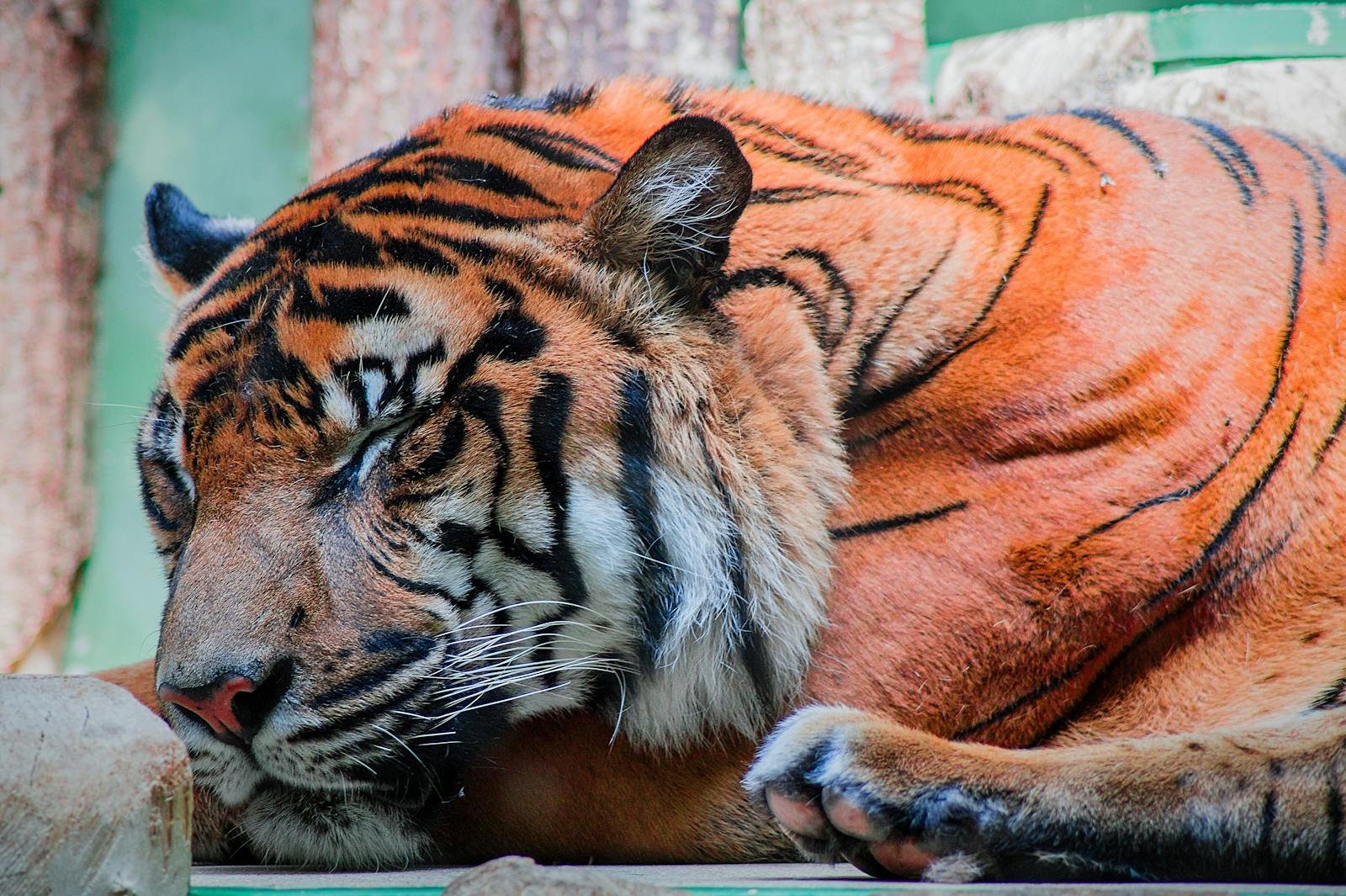The tiger is not just a majestic creature of the jungle but has also long been a powerful symbol across various cultures. Its role in mythology and symbolism is as diverse as the places it roams. Across Asia, particularly, the tiger stands as a symbol of strength, courage, and resilience. Through storytelling and iconography, this magnificent beast inspires awe and fear, embodying a spectrum of human emotions and values.
Tigers in Asian Mythology

In Asia, the tiger is revered as an emblem of power and royalty. It is often associated with martial prowess and is seen as a protector against evil spirits. The animal figures prominently in the folklore of countries like China, Korea, and India, each weaving its distinctive lore around the tiger’s formidable image.
Chinese Zodiac: Tiger Traits

In Chinese astrology, the tiger is one of the 12 zodiac animals. People born in the Year of the Tiger are thought to be brave, competitive, and confident. The tiger’s presence in the zodiac reflects a deep-seated respect and reverence in Chinese culture, where it is also frequently featured in art and design.
The Tiger in Indian Mythology

In India, the goddess Durga is often depicted riding a tiger, symbolizing her might and bravery. This imagery signifies the goddess’s dominion over both nature and the animal kingdom, underscoring the tiger’s role as a divine companion and protector.
Korean Folklore: The Mountain Tiger

In Korean legends, the tiger is often seen as a guardian figure and a symbol of courage. Historically, Korean tigers were believed to live in the mountains, further enhancing their mythic stature as protectors and the king of animals. These stories often emphasize moral lessons, showcasing the tiger as both a fierce creature and a wise guide.
Tiger Symbolism in Japanese Culture

While Japan does not have native tigers, the animal’s image arrived through Chinese and Korean cultural influences. Tigers in Japanese art and folklore are symbols of bravery and were historically depicted as companions of warriors. They symbolize valor and protection on the battlefield.
The Tiger and the Four Symbols in Chinese Mythology

In Chinese cosmology, the tiger is one of the Four Symbols representing the West and the Autumn season. Known as the White Tiger of the West, it is seen as a guardian that wards off evil. It holds a place of significant importance, rivaled only by the dragon, another iconic creature in Chinese mythology.
The Symbol of the Tiger in Southeast Asia

In countries like Malaysia and Thailand, the tiger is often seen as an embodiment of thunder and rain, influencing weather patterns and agriculture. It features prominently in traditional folklore, symbolizing both danger and fertility, depending on the narrative.
Modern Representations of Tigers

Today, the symbolic representation of the tiger extends beyond mythology and folklore into branding and marketing. Their regality and fierce nature make them a popular choice for logos and mascots, particularly in sports teams, emphasizing qualities like strength and competitiveness.
Conservation and Cultural Significance

With the tiger facing threats from habitat loss and poaching, its symbolism takes on an added dimension of conservation awareness. The tiger’s role in various cultural mythologies and its representation in modern media becomes pivotal in global conservation efforts, urging societies to protect these endangered animals.
Conclusion: The Enduring Legacy of the Tiger

The tiger’s role in mythology and symbolism is a testament to its pervasive appeal and cultural significance. From ancient legends to contemporary iconography, the tiger continues to inspire and captivate. Its powerful image serves as both a reminder of the natural world’s beauty and an enduring symbol of strength and courage across diverse cultures.
Hi, I’m Bola, a passionate writer and creative strategist with a knack for crafting compelling content that educates, inspires, and connects. Over the years, I’ve honed my skills across various writing fields, including content creation, copywriting, online course development, and video scriptwriting.
When I’m not at my desk, you’ll find me exploring new ideas, reading books, or brainstorming creative ways to solve challenges. I believe that words have the power to transform, and I’m here to help you leverage that power for success.
Thanks for stopping by, Keep coming to this website to checkout new articles form me. You’d always love it!




